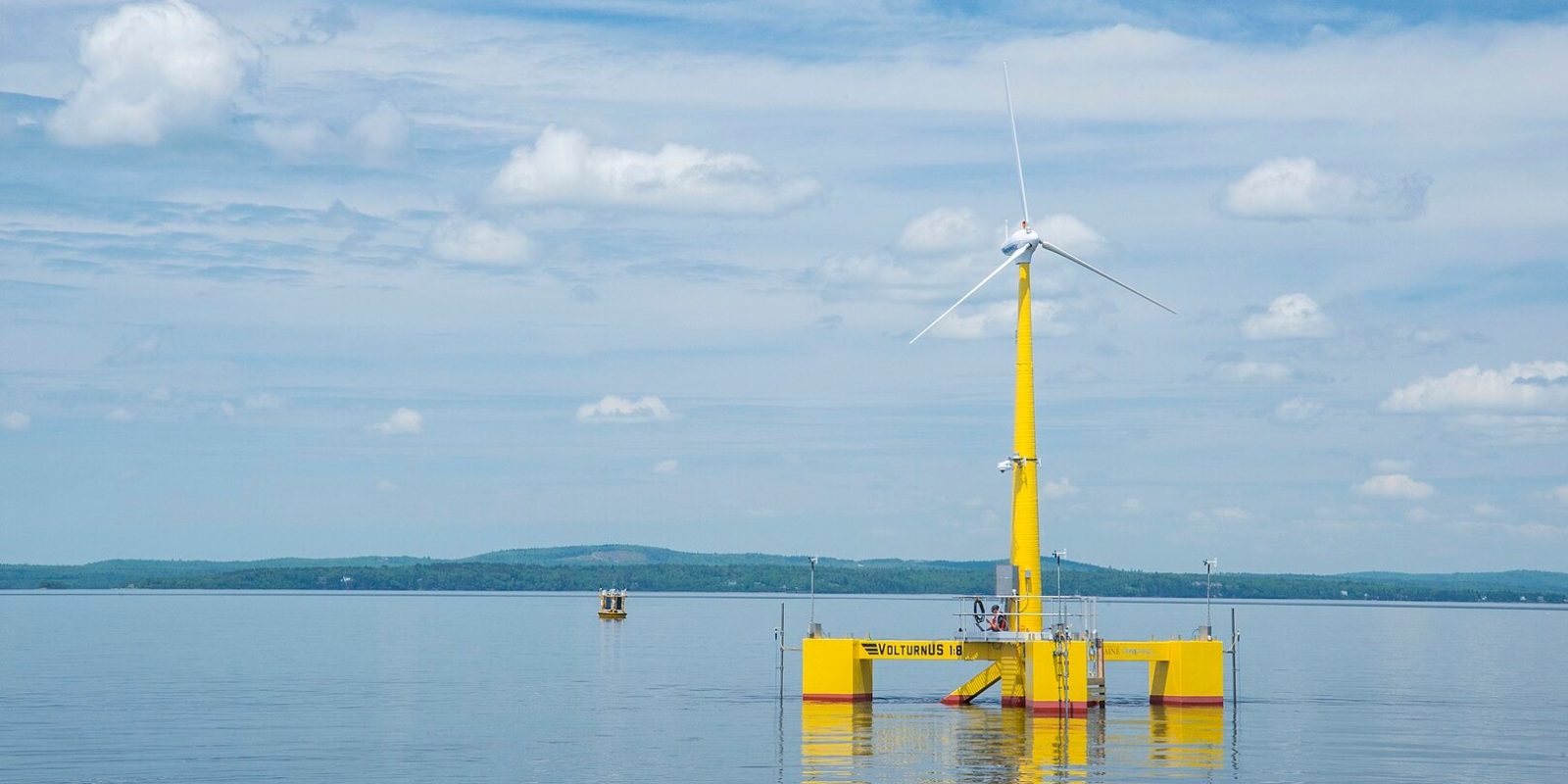
The Bureau of Ocean Energy Management (BOEM) has awarded the US’s first floating offshore wind energy research lease to the State of Maine.
The lease area covers under 15,000 acres and is 28 nautical miles offshore Maine on the US Outer Continental Shelf. It could allow for the deployment of up to 12 floating offshore wind turbines capable of generating up to 144 megawatts of clean energy.
The research array will allow the state, the fishing community, wildlife experts, the offshore wind industry, and others to conduct in-depth studies and thoroughly evaluate floating offshore wind as a renewable energy source in the region.
The research conducted will evaluate floating offshore wind’s compatibility with existing ocean uses and assess its potential effects on the environment, supply chains, and job creation.
Dan Burgess, director of the Maine Governor’s Energy Office, said:
Harnessing the abundant clean power generated by offshore wind in the Gulf of Maine will grow Maine’s economy, reduce carbon emissions, and help the state reach 100% clean energy by 2040.
Already a pioneer in floating offshore wind, this lease will further the state’s ongoing research by providing critical firsthand experience with the first multi-turbine [floating wind] array in the United States.
The research array will use floating offshore wind platform technology designed by the University of Maine and deployed by its development partner, Diamond Offshore Wind. UMaine’s floating platform, known as VolturnUS, was recently awarded a $12.5 million grant from the US Department of Energy.
BOEM received an application from the State of Maine for a renewable energy research lease in October 2021. The same year, Governor Janet Mills (D-ME) signed bipartisan legislation that found the research array in the public interest and directed the Maine Public Utilities Commission to negotiate a power purchase agreement for the research array. On March 20, 2023, BOEM issued a Determination of No Competitive Interest for the area identified in Maine’s application.
Before construction can begin – and it’s not likely to occur for several years – Maine first has to submit a Research Activities Plan to BOEM, which will undergo environmental analysis under the National Environmental Policy Act. Additional details on the timing of construction will become clearer as the permitting process progresses.
Renewable energy investor Octopus Energy Generation, with a nearly $9 billion portfolio of projects worldwide, invests in floating offshore wind developers. Its CEO, Zoisa North-Bond, said in response to the news of the US’s first floating offshore wind energy research lease:
Floating offshore wind is key to unlocking clean energy in waters that are too deep for traditional turbines fixed to the seabed.
There’s a massive untapped opportunity for this as around 80% of global offshore wind resources are located in deep waters.
Read more: This solar farm was built on an abandoned gravel pit
To limit power outages and make your home more resilient, consider going solar with a battery storage system. In order to find a trusted, reliable solar installer near you that offers competitive pricing, check out EnergySage, a free service that makes it easy for you to go solar. They have hundreds of pre-vetted solar installers competing for your business, ensuring you get high-quality solutions and save 20-30% compared to going it alone. Plus, it’s free to use and you won’t get sales calls until you select an installer and you share your phone number with them.
Your personalized solar quotes are easy to compare online and you’ll get access to unbiased Energy Advisers to help you every step of the way. Get started here. –trusted affiliate link*
FTC: We use income earning auto affiliate links. More.

